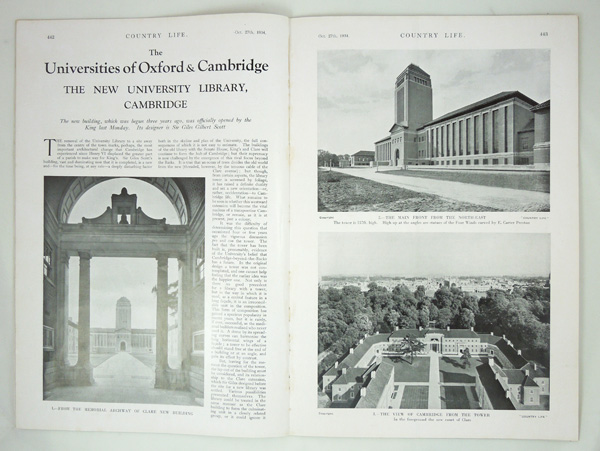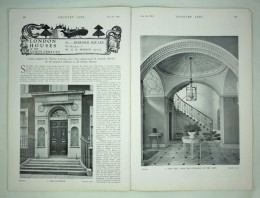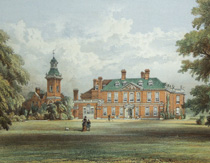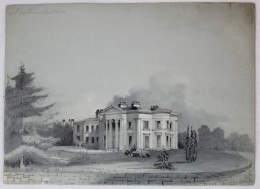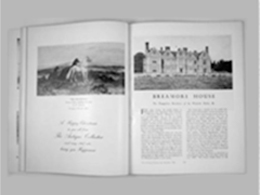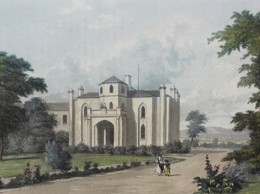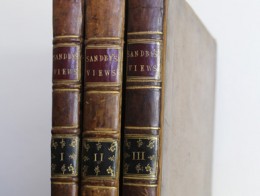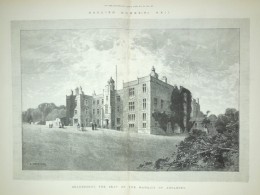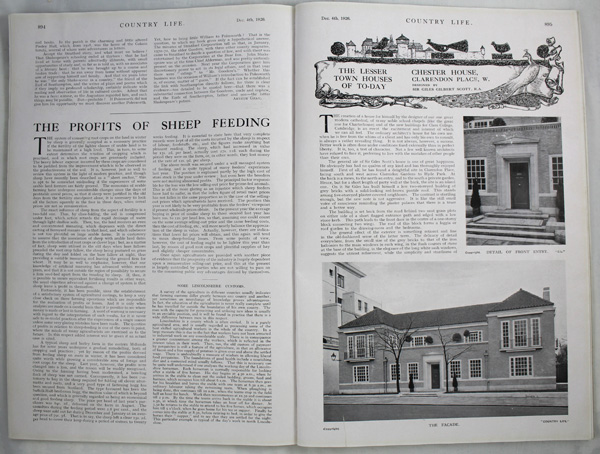
Giles Gilbert Scott (1880-1960)
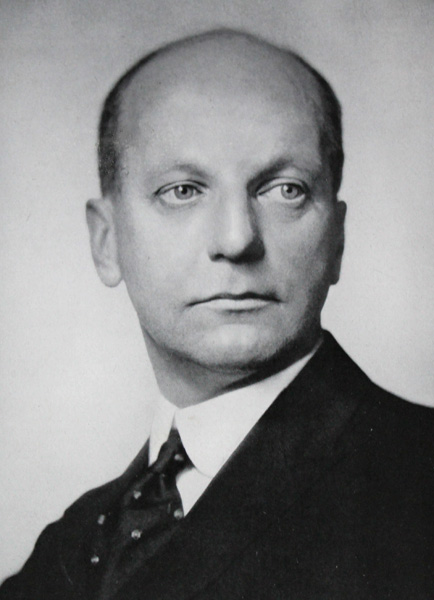 Sir Giles Gilbert Scott (1880-1960). Born in Hampstead, London, descending from a family of architects, being the grandson of Sir George Gilbert Scott, famous for his work on the Midland Grand Hotel at St. Pancras Station and of course, designing the Albert Memorial.
Sir Giles Gilbert Scott (1880-1960). Born in Hampstead, London, descending from a family of architects, being the grandson of Sir George Gilbert Scott, famous for his work on the Midland Grand Hotel at St. Pancras Station and of course, designing the Albert Memorial.
Giles Gilbert Scott attended Beaumont College and in 1899 he started working under Temple Lushington Moore, a church architect, Scott continued to work on his own designs in his own time which were traditionally gothic with a modern twist. In 1901, whilst still studying under Moore, Scott entered a competition to design a new Anglian Liverpool Cathedral, over one hundred other architects were invited to submit their designs, including Charles Rennie Mackintosh, Temple Moore and Charles Reilly. Making it through to the second round, in 1903, Scott's designs were approved but because of his age and inexperience he was appointed to work along side the older George Frederick Bodley, this was problematical as the two architects clashed and could not get on. In 1907, Bodley died suddenly and Scott had sole control over the project, in 1910, not happy with certain elements of the design, Scott re-designed, losing much of the gothic and replacing with a more modernistic style. In 1924 the cathedral was consecrated but construction work and alterations continued for many years afterwards, finally completed in 1978.

In 1930, Scott (along with three other architects) submitted designs to the General Post Office for a new telephone kiosk. Scott's designs were approved and the new 'K2' red cast iron telephone box went into mass production. Altered again in 1935 in celebration of King George V's Silver Jubilee, becoming the 'K6', a common fixture in most towns and villages.
The London Power Company requested that Scott became the consulting architect for the new electricity station at Battersea, working with Leonard Pearce, Scott made alterations to the external of the building and chimneys and in 1933 Battersea Power station opened, at that time quoted to be one of Britain's best modern buildings.
Scott designed many more churches using his modernist style, 1931-1934 he designed the new University Library at Cambridge and in 1933 Scott was elected president of the Royal Institute of British Architects. In the late thirties he worked on the New Bodleian Libary, Oxford, said to be one of his finest pieces of architecture.
Later work included rebuilding Westminster Palace after bombings in 1941 and he was commissioned to build Bankside Power Station on the banks of the River Thames, now home of the Tate Modern Art Gallery.


Liverpool Cathedral designed by Giles Gilbert Scott
